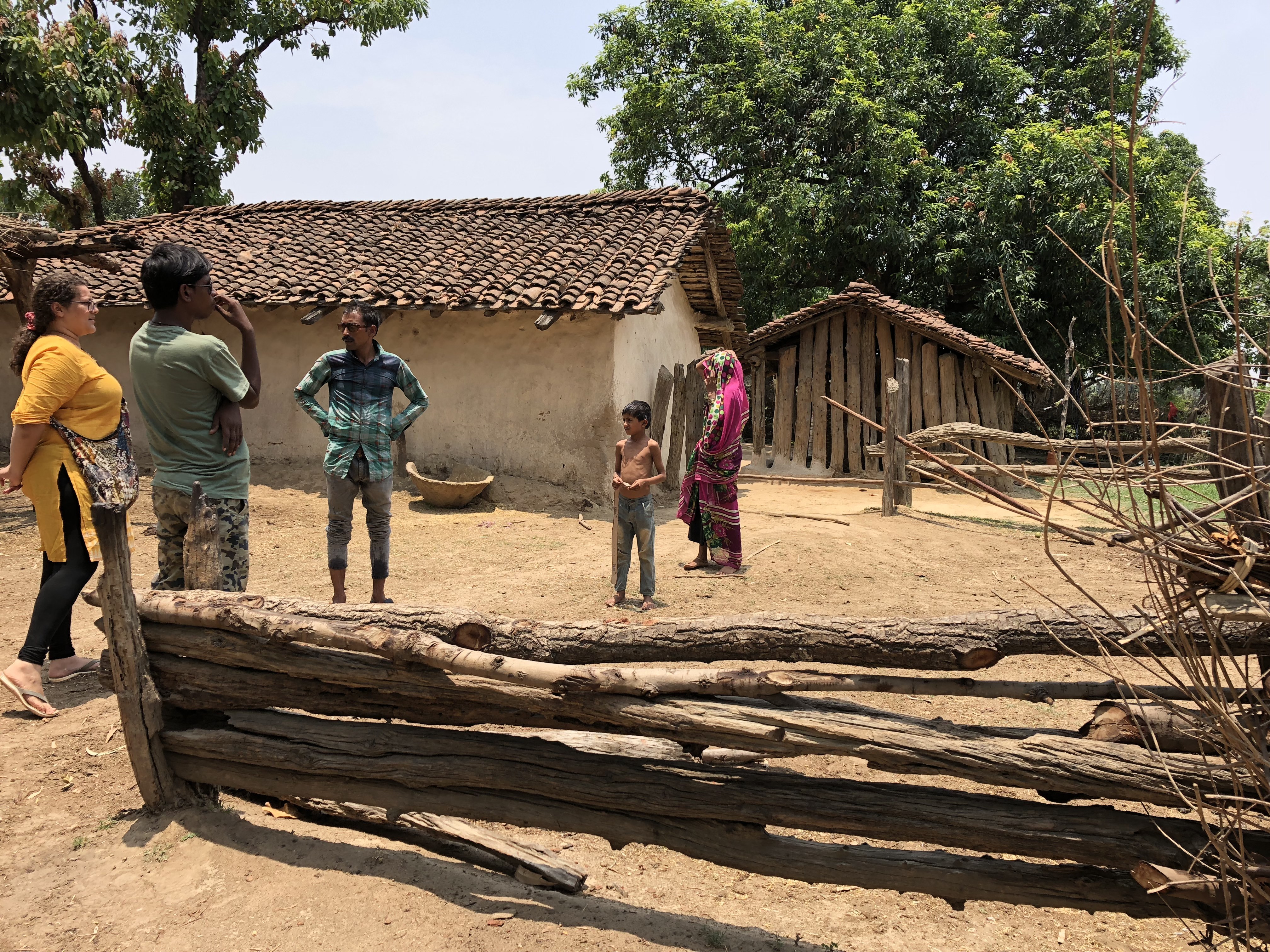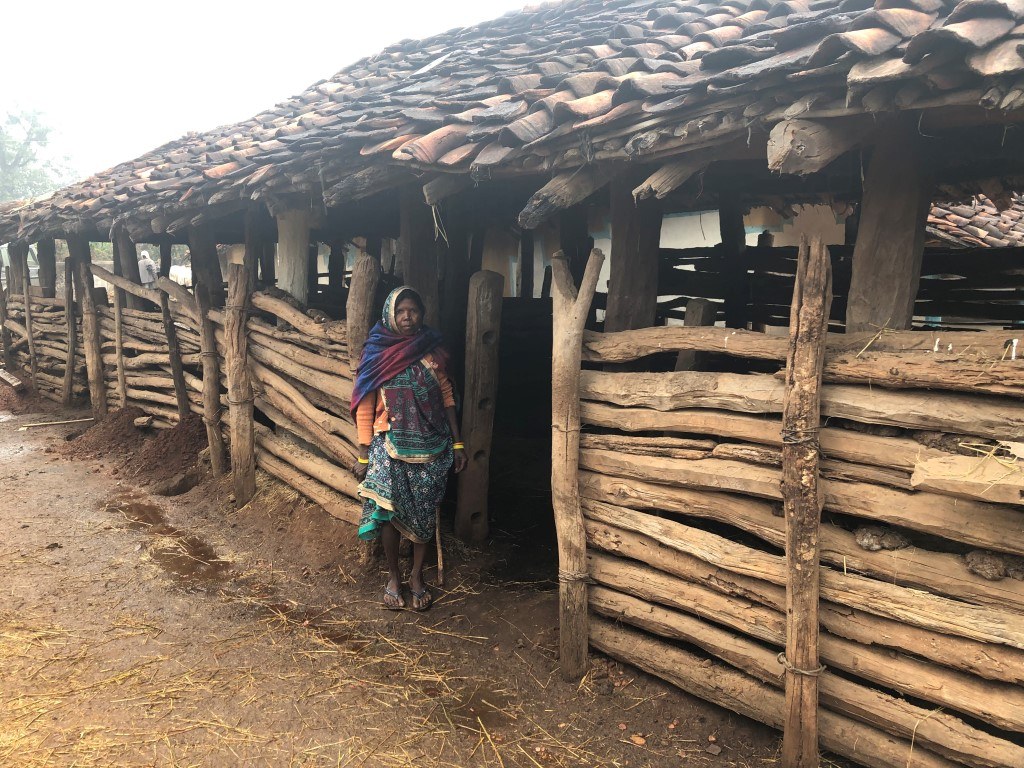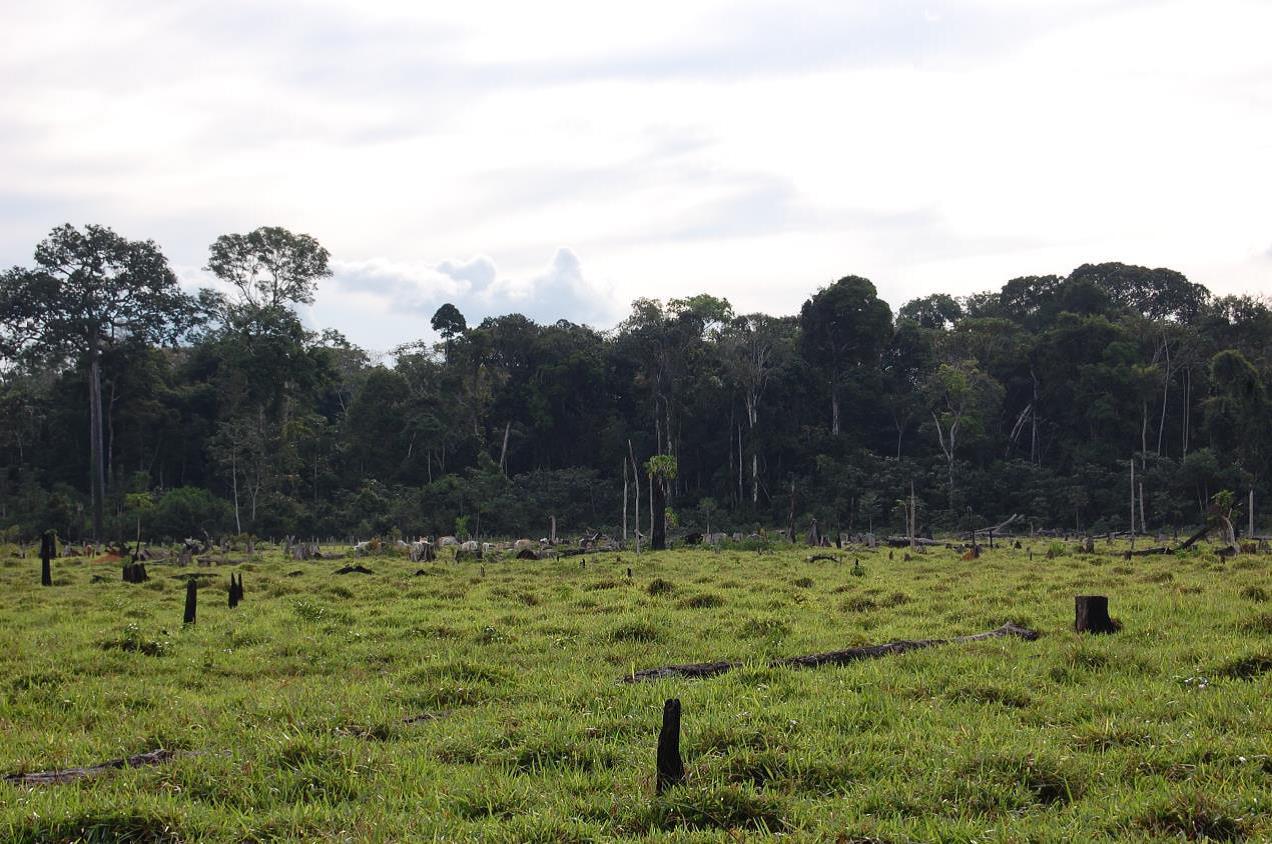With the debate on climate change dominating the headlines and an ever-growing sense of foreboding building around the fate of the natural environment, the notion of carbon emissions is at the forefront of many minds. The management of carbon – by individuals, industry leaders and governments – is a complicated subject, awash with jargon. While we’ve all heard the phrase ‘carbon offsetting’, few of us would relish the challenge of standing up in public and actually explaining what it really means. Which is understandable, given that this is a fiendishly complex topic, fraught with conflicting opinion.
So (deep breath), let’s try to shed some light on the idea.
Every day, whatever we do, we burn fuel; much of it being fossil fuel. We heat our homes, get in the car, eat food and watch TV – all of which directly or indirectly uses fuel. When it’s consumed, that fuel emits CO2 and other harmful gases into the atmosphere contributing to the environmental degradation of the planet. The emissions we as individuals generate make up our personal carbon footprint. Research suggests that the most effective ways we could each reduce our carbon footprint are:
- Having fewer children
- Eating a wholly plant-based diet
- Avoiding travel by aeroplane or car
Because these are broadly unpalatable choices, the alternative is to support projects that directly reduce atmospheric CO2. With industry and big business, this is known as ‘Carbon Offsetting’ – a specific set of processes leading to the total amount of carbon being ‘balanced out’ – hence the term ‘carbon neutral’. When individuals rather than big industry do it, it’s more correctly called ‘carbon mitigation’ or ‘carbon compensation’. That means we're making a contribution towards carbon reduction projects to make up for the impact that has already occurred.
If you contribute to a carbon-reducing project, it won’t go out and somehow miraculously mop up emissions from the clouds. Common activities include tree planting (to create ‘carbon sinks’ that remove carbon from the atmosphere and store it) or research and investment into renewable energy sources, such as solar power.
It’s a practice that isn’t free from controversy, the main criticism being that mitigation is a way to clear your conscience without making any personal sacrifices. Detractors including the environmentalist George Monbiot and Justin Francis from Responsible Travel argue that if you can just wipe your slate clean by chucking some cash at the problem, there’s no motivation to make concerted lifestyle changes. The counter-argument contests that doing something at an individual level is better than doing nothing at all while expecting/hoping that ‘someone else’ will sort it all out.
Where Does STC Expeditions Stand?
We believe that travel provides a wonderful opportunity for young people. It benefits the traveller experientially and can create alternative income sources for local communities. These are often communities whose traditional ways of life are challenged, through no fault of their own, by changes to the environment and climate. But we know that flying contributes significantly to each individual’s carbon footprint.
To acknowledge this, when Adrian set up STC Expeditions in 2006, he put in place a 50:50 scheme to encourage clients to mitigate their emissions. It was a pretty good deal: the client would pay 50% of the calculated cost; STC would pay the other 50%. In nine years only one group took up the offer. So these days we take a different approach, making flight mitigation a standard part of overall trip costs. And we’ve found that the groups who travel with us wholly support this ‘you-fly, you-contribute’ policy.
But why, in the face of quite a lot of anti-mitigation/offsetting lobbying, do we persist? There are three main reasons:
- Firstly, because we believe that as individuals we should take responsibility for our carbon emissions. If everyone does their bit, it will help. Look at how the determination to stop using single-use plastic is growing as people become more aware of the impact it’s having on our marine life.
- Secondly, because we incorporate mitigation into a whole programme of corporate sustainable and ethical travel activities. It’s not the only thing we do; it’s one element.
- Thirdly, because the money we donate contributes to effective projects run by the international charity, Friends of Conservation. Our FoC colleagues and their partners work directly with local communities to protect endangered wildlife and their habitats and have first-hand involvement in these projects. We therefore know that the money’s being directly used to produce tangible results at grassroots level. And those results compensate not just for CO2 emissions, they have broader social, environmental and economic impacts, too. For the STC Expeditions team and our clients, it’s important to be able to track our mitigation contributions and see that change is actually being effected.
Since 2015, STC Expeditions has contributed over £10,000 to support projects such as:
Predator-Proof Chain-Link Fencing
Bandhavgarh National Park in the Central Indian state of Madhya Pradesh is an important area for tiger conservation. It’s also a place with a thriving human population, which can lead to conflict. Predators (including leopards and sometimes tigers) attack cattle, so to keep their herds safe, local villagers build ‘bio-fence’. That’s a barrier made with trees cut from the forest – where the tigers live. Not only does it aim to keep predators out, it’s also designed to stop cattle wandering into the forest and into the big cats’ habitat. Unfortunately, bio-fence rots and needs regular replacement, requiring new trees to be cut every three years or so, releasing more carbon and further diminishing tiger habitat.
The solution? Chain-link fencing that lasts at least 10 years. With the buy-in of local communities and with their hard work, bio-fence is being replaced by sturdy chain-link. Its benefits include:
- Long-term conservation of wildlife – including tigers – and natural habitats.
- Reduction of local dependency on forest resources by providing alternative fencing.
- Improved storage of carbon drawn from the environment by leaving trees standing.
- Reducing human-wildlife conflict by providing robust predator-proof fencing.


Above: Trees felled for bio-fencing need to be replaced every three years or so
©The Corbett Foundation
Above: Chain link fencing is more robust and should last around 10 years
©The Corbett Foundation
Reforestation of Degraded Land
Madre de Dios in Peru’s Amazon Basin is considered by some to be the ‘biological capital’ of the world, boasting over 600 species of birds and more than 1200 species of butterflies. Rainforest previously cleared for pasture has been replanted with banana trees, cocoa, citrus, Brazil nuts and some timber species. Going forward, the banana plants (initially planted for shade) will be replaced by more fruit and timber seedlings to increase plot diversity and productivity.
This is a holistic approach that considers sustainability, land use and the local economy and there are hopes it can become self-supporting. The trees act as carbon sinks while providing an income for locals. They sell the fruit to tourist lodges, one of which supplies an ice-cream parlour, popular with visitors to the town. So the replanted forest isn’t just an environmental success story – local people can benefit, too.

Above: Rainforest land degraded through grazing is being replanted with fruit and timber trees
©JF/Tambopata Reserve Society - TReeS

Above: Banana plantations will create shade for saplings planted subsequently
©Amilcar Muñiz Arias/Tambopata Reserve Society - TReeS
Maasai Solar Light Project
This pilot project provides indoor lighting, powered by clean energy, for families within the Maasai community. Most manyatta's are lit by kerosene or paraffin lamps which have many adverse impacts on the families health and pose a poisoning risk to children, as well as a fire risk to the home. A solar powered alternative lighting source has been introduced to 26 carefully selected houses. Reading lamps are also provided, which should provide extra opportunities for both adults and children for reading, studying, making handicrafts and so forth.
Overall, an estimated 183 people are already benefitting directly - including nearly 140 children - who are particularly excited by the reading lamps and promised that 'they work hard in school'. The project has been well received. There has been a reduction in smoke, which can otherwise affect people's health and release carbon and other pollutants into the atmosphere. Not having to buy paraffin frees up money for food, medicines and even school fees in some cases. Lighting the way to a brighter future!
Above: A family and the solar panels on top of their manyatta
©Friends of Conservation - Kenya
Above: Maasai solar lighting project installed
©Friends of Conservation - Kenya
Above: Maasai solar lighting project installed
©Friends of Conservation - Kenya
Friends of Conservation is a charity with over 35 years of experience. It aims to protect endangered wildlife and habitats by working closely with local people, exploring practical ways to help them utilise natural resources more sustainably. FoC projects support challenged communities and offer opportunities for people who fly to compensate for their carbon emissions. For more information on FoC’s work, head to their website.
Check out STC Exped itions’ responsible travel policy here.
